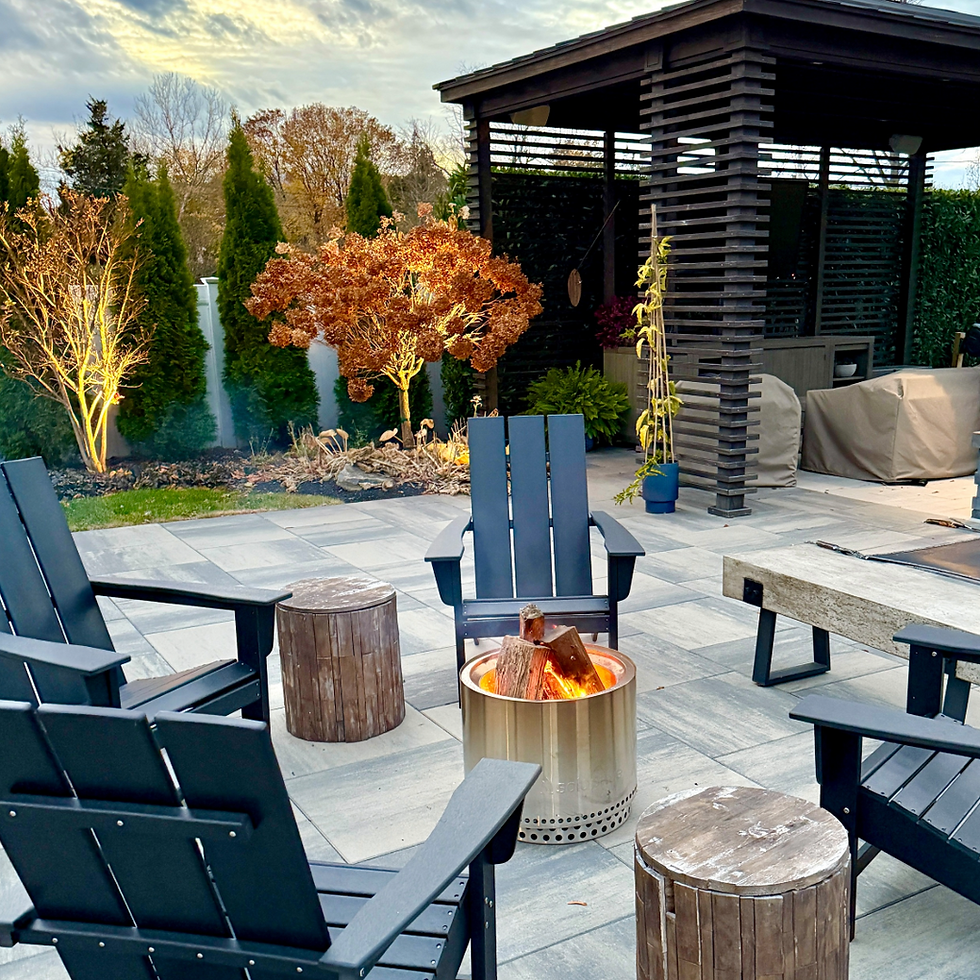Amending Your Soil to Plant Shrubs
- Rebekah

- Oct 23, 2019
- 4 min read
Updated: Mar 6, 2024
You’ve heard of amending your soil, but maybe you do not know what that means specifically for your garden, or if your gardening space actually needs amending. Fall is a great time to plant shrubs (and all plants and trees!) as we talked about in our last post. Generally speaking, fall and spring are the best times to amend your soil. Let’s talk about a couple of reasons why a homeowner would need to amend their soil in preparation to plant new shrubs. We will also talk about how to deep to plant shrubs.
Amending Your Soil
Clay in your soil:
If you are new to the area (as so many are these days!), welcome! You may be coming from a part of the country that has totally different soil, making you dig in the dirt and say to yourself, “This dirt is so hard-what is this?!” While many parts of Middle Tennessee has well-draining, fertile and loamy soil, many parts also have clay soil. Clay is very common in our area, and it needs amending before any planting occurs.
Soil conditioner is an inexpensive yet effective way to amend clay soils. We offer it at the Garden Center or many big box stores sell it also. When you are digging your hole to plant your new plant, you break up the clay in the hole. Do not remove the clay, just break it into small pieces. You will then mix soil conditioner in with the clay and continue to plant as normal. Soil conditioner works by allowing the clay to drain water, as clay holds onto water and usually promotes root rot (which we definitely don't want!).
If you have clay in your soil, we are happy to help you determine how much soil conditioner you need for your plants. A little goes a long way.

New builds:
There are so many new homes being built all around our area! It is amazing to see the growth that is taking place throughout Nashville. This is exciting (unless we are talking about the traffic!), but once the new homes are built, homeowners are often times left with soils that are compacted, poor, and in need of amending. Soils that have been driven on by heavy equipment while the land was initially being cleared and leveled or while the house was being built often have less oxygen circulating in the soil, as well as less nutrients. Many times the top layer of topsoil has been stripped off and the natural layers of soil disturbed.
Tilling deeply and incorporating organic matter (such as worm castings or mushroom compost) is often all you need to do to loosen up hard, compacted soils. We are happy to recommend specific amounts for your size of yard or gardening bed.
If your soil hasn't been amended in awhile:
And finally, if your soil hasn’t had any attention given to it in awhile, it may be time to amend it. Especially if you are planning to plant vegetables this fall or are beginning an entirely new gardening bed, it would be wise to amend the soil with a mixture of topsoil and compost. Topsoil will not take the place of compost, as it is not nutrient-rich. It does provide a good base, however, to mix compost or worm castings with. Typically, compost is spread about one inch deep to maintain soils that already have a relatively good supply of nutrients and organic matter; and up to three inches deep in soils that are significantly depleted.

How Deep to Plant Shrubs
When planting new shrubs, it can be easy to not dig your hole deep enough, or dig the hole too deep. When digging your hole, dig a hole a couple inches deeper than the pot depth itself. Break up the soil at the bottom of your hole and add in soil conditioner if you see chunks of clay (break those up well with your shovel or your hands- do not take them out). Dig your hole two or three times the width of the pot. This will break up the dirt sufficiently around your new shrub and allow the roots to grow deep and wide.
Plant your shrub at the same level as it was planted in the pot. Generally speaking, the base of the shrub will be just slightly above ground level. Gently break up the soil around the roots of your new shrub as you take it out of its container pot.
Fill in your soil with a mixture of the original soil from your gardening bed, as well as any compost or additional topsoil you may have felt it needed. Water your newly planted shrub well, and continue to deeply water it every 3-4 days for the next year when we are not receiving adequate rainfall.
We hope you have found this helpful! Please ask us any questions below. We are happy to help you determine what amending your soil may need during this fall planting season, and we hope to see you soon at the Garden Center!



